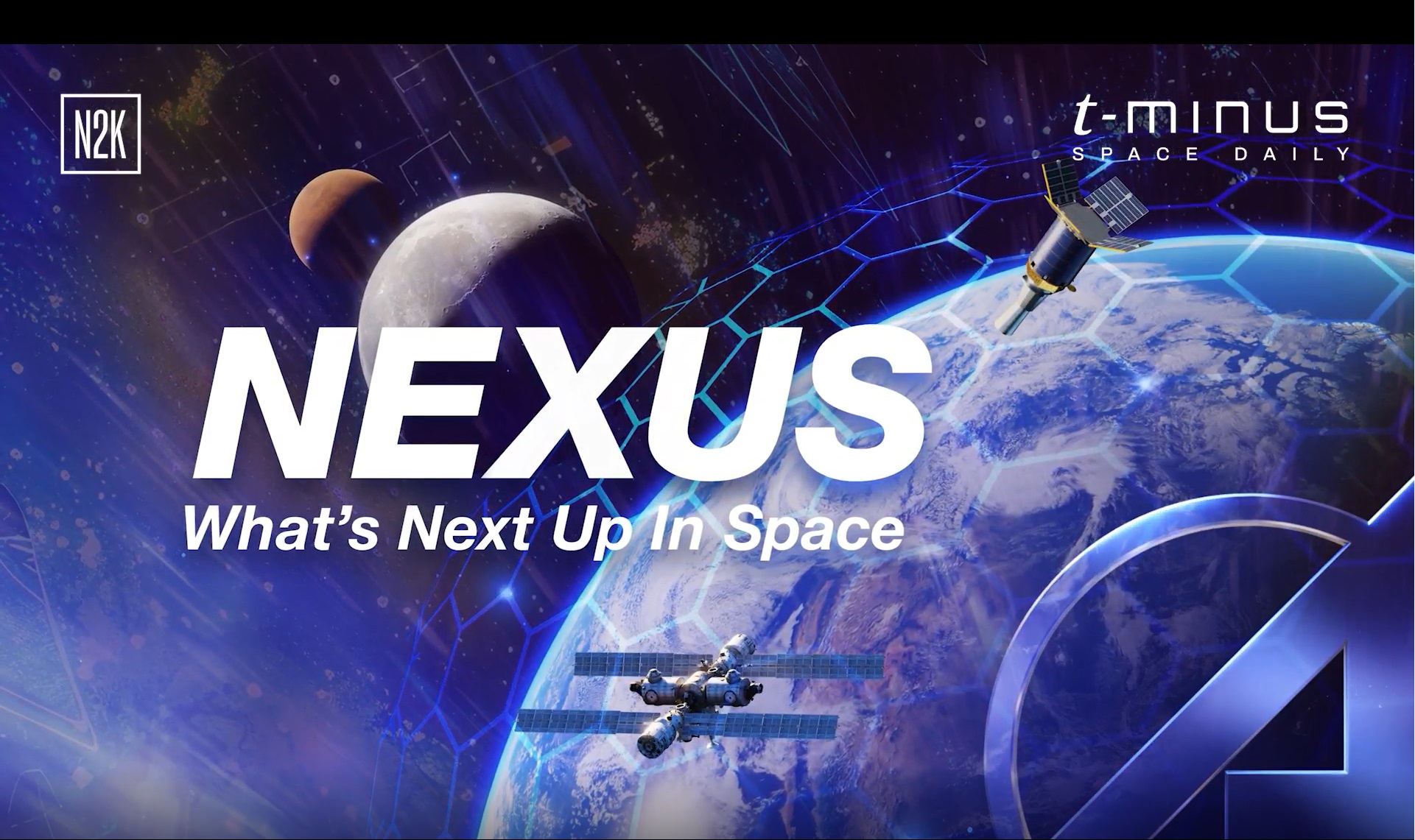
Aerospace has teamed up with T-Minus Space Daily for a new monthly segment, NEXUS, where you’ll hear directly from how commercial space companies how they’re taking on some of the toughest and most rewarding challenges in space.
NEXUS has already aired three episodes, which you can listen to—or better yet, watch—right now. You can also listen to the show on your podcast app of
Episode 1: Testbeds and proving grounds
Episode 1 is about propulsion testing facilities that take new technologies to the edge of flight readiness, and features Jaydee Dyess, director of test operations at Agile Space Industries, and Aimee Hubble, Senior Project Engineer at Aerospace.
Systematic testing of chemical and electric propulsion methods is exactly as complex as it sounds, but it needs to be done in order to maximize confidence before launching a new engine or tech to space. Not only that, but every test is different.
"Everybody is looking for a place to test. But you'll set up an entire multimillion dollar setup, and then the next guy will show up and they need something just a little bit different," said Dyess. "Everybody's custom every single time—it's wild."
Hubble helped build EP3, Aerospace's record-size electric propulsion testing chamber. But they have had to remain agile as there's more overlap between the different types of propulsion that must be tested — hence a new chamber they call "Mud Pie."
"This is the chamber we intended to be our dirty propellants chamber... we had to pull together a custom pumping chamber on our own in a couple weeks," she explains. "It was challenging, and it went surprisingly well!"
Check out the full first episode here.
Episode 2: Turning data into decisions
Episode 2 looks at how artificial intelligence is escalating the usefulness of information, and how underappreciated datasets may yield unexpected findings.
On this episode are Jackie Barbieri, Founder and CEO of Whitespace, and Dr. Steve Lewis, leader of Aerospace’s SPEAR team.
“I really can’t say enough about how receptive the space community has been to new, unknown efforts, capabilities, solutions and the pursuit of that,” Barbieri said. “It’s yielded some incredible breakthroughs, in particular direct support to operational end users at a pace and of a quality that most people just assumed wasn’t possible before they tried.”
Lewis agreed from his experience supporting U.S. Space Command’s Joint Commercial Operations Cell: “There’s probably going to be nuances, and we’ve got to be ready for those nuances with software that can adapt to it. I think the community is open to finding some creative, resourceful, rigorous solutions to try to solve those complex problems with the amount of data that we’re dealing with.
Episode 3: In-space servicing, assembly and manufacturing
Episode 3 explores the budding in-space servicing, assembly and manufacturing (ISAM) sector.
Guests Joe Anderson of SpaceLogistics, Vanessa Clark of Katalyst Space Technologies and Greg Richardson of COSMIC set the record straight on the state of the multifaceted ISAM market, including automated refueling, repairing and upgrading of space systems.
I’ve been out building this business for over 15 years now for in-orbit servicing—and in particular maneuver life extension," said Anderson. “My perception talking with these customers over all that time is there is ample demand from our customers for these types of services. The issue is there’s very limited supply.”
The guests explore how adoption and testing interest can further advance the technology to unlock ISAM’s full economic potential.
“I do think we need a nationally owned test asset on orbit for ISAM missions...not just for technology maturation; it's also to remove a lot of the barriers to entry,” Clark said.
